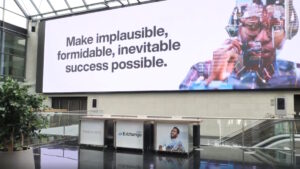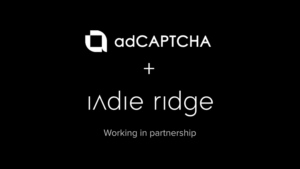Julien Henrotte | Creative Technologist, UltraSuperNew Tokyo
We’ve barely adjusted to the fact that our work and social lives are increasingly taking place online, and now our home lives are becoming connected too. Thanks to the Internet of Things (IoT), you can now unlock your front door from afar, live stream what’s going on inside your oven and send a text message to your fridge.
As people invite connected objects into their homes, brands are gaining new opportunities to engage customers in a more intimate setting. Burger King, for example, was able to break into people’s living rooms when it “hacked” Google Home devices to perform an ad for a Whopper burger. At the end of the brand’s TV ad, the actor says, “OK Google, what is the Whopper burger?”, triggering Google Home devices all over America to reply.
Brands have also started to earn a place in people’s homes via IoT activations that are more above-board than the Burger King example. Diageo’s Happy Hour Skill on Amazon’s Alexa promises to turn its user’s kitchen into a cocktail bar, as it enables Alexa to talk them through various cocktail recipes.
Similarly, pharma brand Zyrtec’s Daily AllergyCast Skill predicts the likelihood of a user having an allergy attack. Using data about the most common outdoor allergens, the local weather forecast and the pollen count, the antihistamine brand aims to help people manage their allergies better.
But IoT is still in its infancy. Right now, it’d be more accurate to describe the trend as the internet of reaction, as connected objects perform tasks following user commands.
As AI and machine learning develops, we will start to see more examples of connected objects behaving autonomously. Increasingly, these objects will know what their user wants from moment to moment because they will have recognised and learned patterns in their behaviour. Different connected objects will also become better at talking to each other.
Soon, Diageo’s Skill will not just serve cocktail recipes when prompted but will know your friends are coming over thanks to integration with your calendar. It will then find recipes for each of their favourite drinks and order all the ingredients you need after asking the fridge which ones you’re lacking.
For brands to fully take advantage of this future, agencies need to get familiar with the technology now. By cultivating a hacker culture, agencies can be ready to harness emerging technologies when they move into the mainstream enabling them to offer clients ideas using the latest technology.
But creating hackvertising requires hiring different kinds of people. Rather than always putting the most creative people on a pedestal, agencies need to focus on finding the most curious. If you try to push someone into experimenting with technology when they don’t really care, it won’t work. They will be lacking the passion needed for innovation to happen.
But as well as hiring curious people, agencies need to have the right attitude to sustain a hacker culture. Management needs to invest money in R&D and give employees the freedom to explore whatever they are curious about. This can seem like a big ask because you won’t always see a return on investment. But if agency leaders can realise this and trust in the learning process, it will pay-off in the long term. Isn’t that right, Alexa?












